For over 120 years, the New York International Auto Show has captivated car enthusiasts, industry insiders, and dreamers alike. This annual event isn’t just a showcase—it’s a living chronicle of automotive evolution, spotlighting vehicles that changed the world.
From the roaring 1910s to the electrifying 2020s, each decade has seen legendary cars debut or dazzle on this iconic stage.
Join us as we journey through time, tracing 13 remarkable vehicles that define their eras, reflect innovation, and tell the story of America’s love affair with the automobile.
Have you ever bought back one of your previous vehicles? I’m guilty of getting a little bit too sentimentally attached to my cars. Against my better judgment, I even bought back my ragged 1986 Chevrolet Celebrity about six years after I’d previously sold it. It was a short-lived ownership experience the second time around, but if I’d had the time and space, I probably would have kept it. Here’s a car that came back to a prior owner:
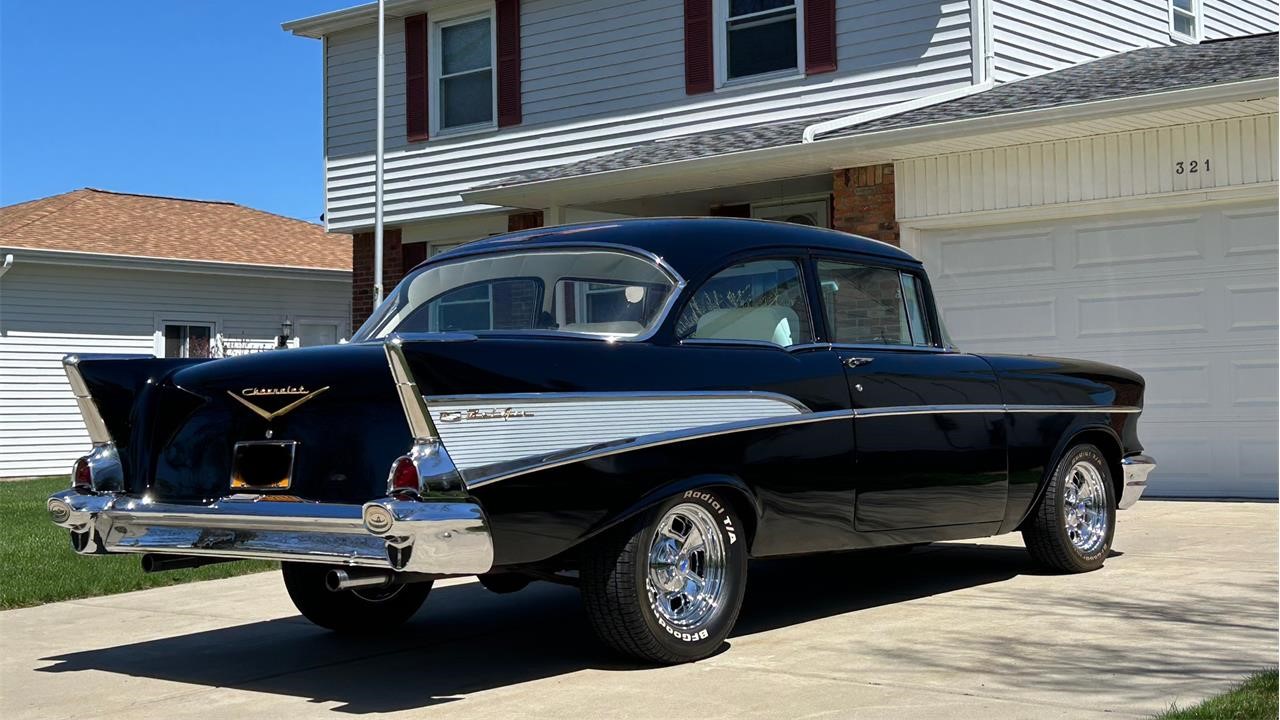
The Pick of the Day is a 1957 Chevrolet 210 two-door listed for sale on ClassicCars.com by a private seller in Buffalo, New York.
“My dad was in the car repair business and bought this car for me when I was 14,” the listing begins. “We spent two years restoring it and we put it on the road in 1984 when I was 16. It was my first car.”
The story goes on to say that the car left the family in 1987 when the seller joined the military. And miraculously, the same friend who bought the car that year still owned it 27 years later in 2014 – and was willing to sell it back. So, like a boomerang, it returned to its prior owner. And now 11 more years later, it’s time to pass the reins once more. Still following? Bottom line – this family-loved Chevy is ready to move on to a loving home.
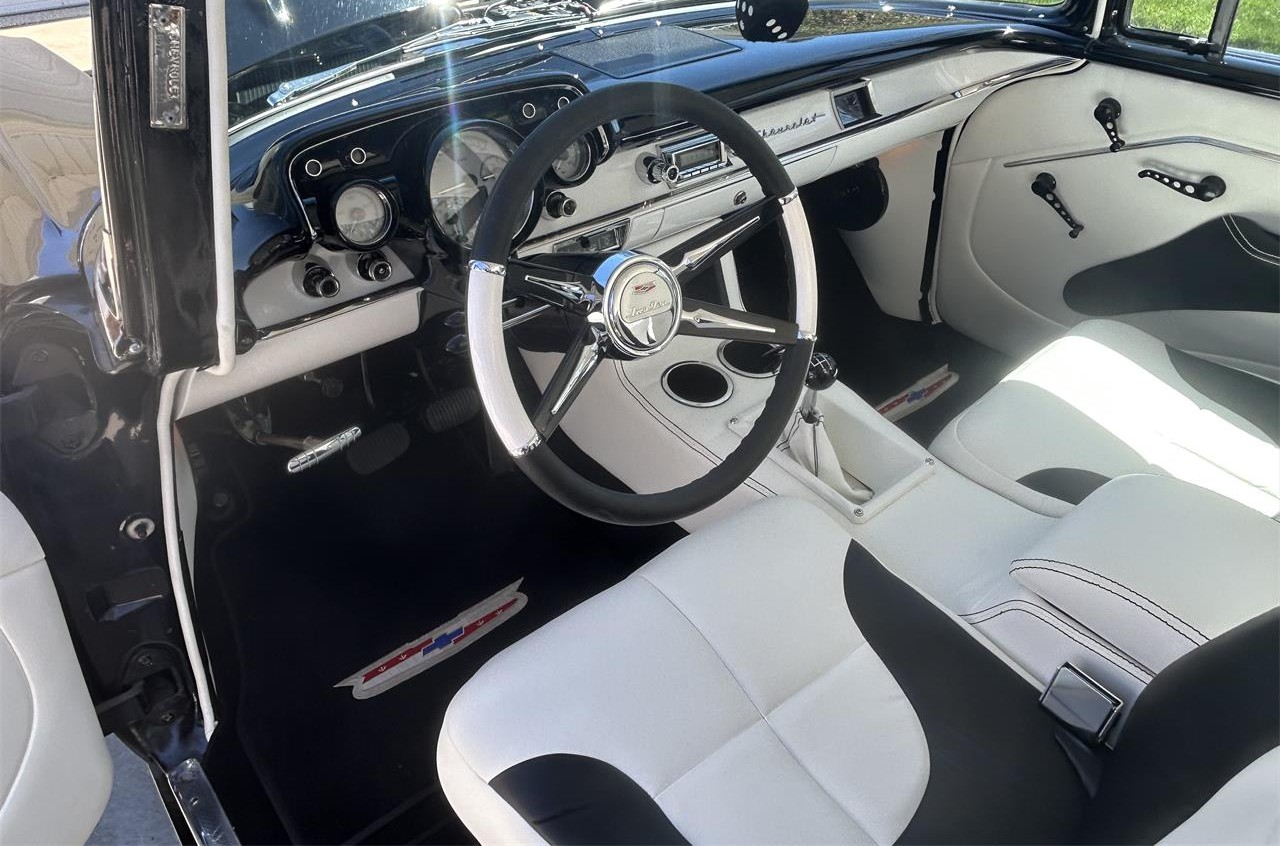
While badged and dressed as a Bel Air, the car is in reality a 210, which means it’s a mid-range trim level for the year (a “150” would have ranked below the 210 in the hierarchy). The two-tone black and white paint scheme is attractive and clean. The seller says, “The frame and sheetmetal are clean and solid, and she looks great!”
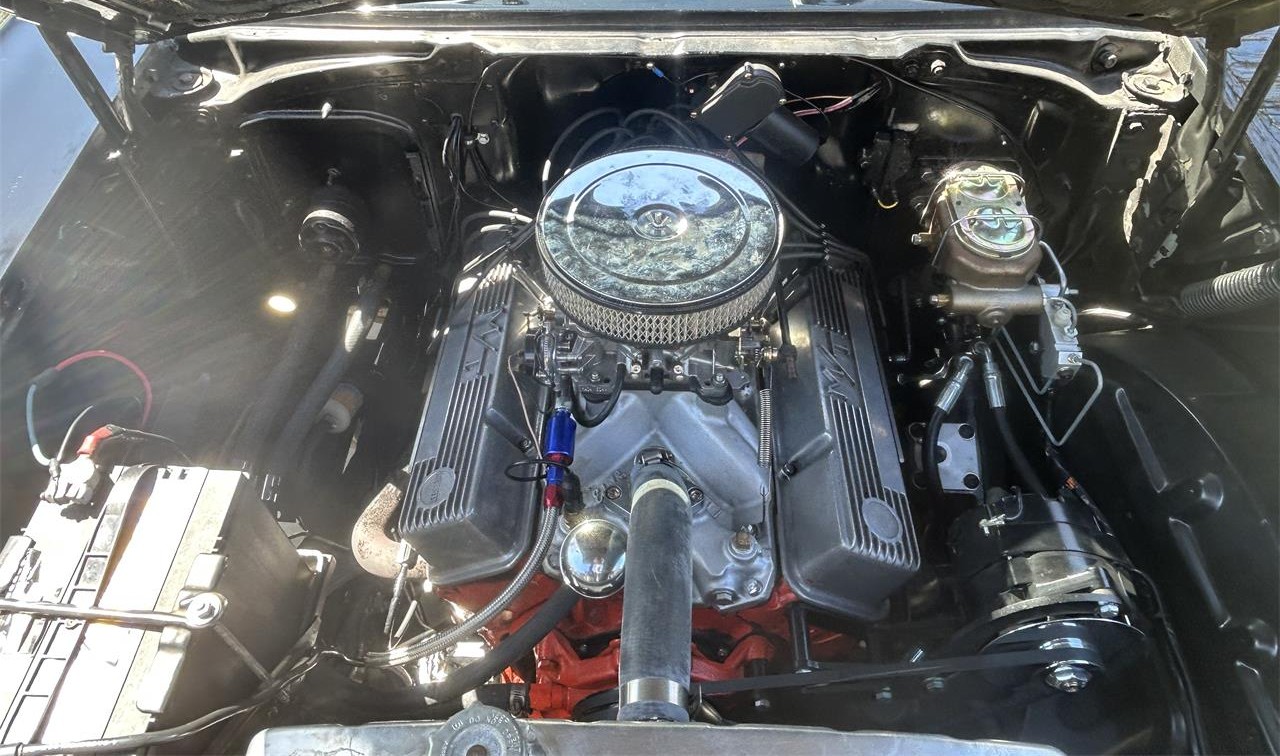
The interior was overhauled in 2018 and is outfitted in the same neutral color scheme, and updates include new all-new wiring, bucket seats, a center console, Dakota Digital gauges, a tilt steering wheel, and a Bluetooth-enabled retro-look audio system. The listing says that the engine is a 283ci V8 that dates back to about 1964 and was rebuilt in 2015. A Muncie four-speed manual transmission sends power to the rear wheels.
If history holds true, the seller might end up wanting to buy this car back a third time in a decade or two. So, who’s willing to look after it in the meantime? I know I’d volunteer!
The asking price is $59,999.
Click here to view this Pick of the Day on ClassicCars.com
This 1932 Ford roadster is a steel-bodied, full-fendered roadster that was rebuilt in the 1980s. It is powered by a 221ci V8 that was overhauled during the build, and finned Buick brake drums and ’40 Ford wheels with staggered tires were utilized along with a drop axle. The car retains a three-speed manual, leaf-spring suspension, rumble seat, and cowl lights, and a dual exhaust system and chopped windshield have been fabricated for the car. Acquired by the selling dealer in 1999, this 1932 roadster is now offered in with a clean Tennessee title.

The body and fenders are steel, and they were repainted in the 1980s as part of the refurbishment work. The tailllights are from a 1950 Pontiac, and the windshield has been chopped. The seller tells us the stock windshield and restored top also accompany the car in the sale.

The car retains a louvered hood and cowl lights, and a chrome spreader bar is fitted up front. The bumpers and headlight bar are also chromed, as are the headlight buckets.

A drop front axle has been installed along with ’40 Ford wheels with staggered tires. The brakes are finned Buick units.

The interior is from LeBaron Bonney with a bench seat is trimmed in brown upholstery, and the matching door panels have snapping storage pockets.

Steps and grab handles assist access to the rumble seat, which is trimmed to match.

Set in a painted wood dashboard, the engine-turned panel holds a speedometer, an ammeter, and a fuel-level gauge. 59,400 miles are indicated, about 2k of which were added by the selling dealer.

The 221ci flathead V8 was rebuilt in the 1980s. The oil was changed in 2024.

The car has a three-speed manual and a dual fabricated exhaust system. The underside photos and images at the end of the gallery are from 2023.

The car is titled as a 1932 Ford Deluxe using the serial number AB5091741.
The Shanghai 2025 Auto Show is sparking an electric revolution, with automakers from around the globe unveiling their boldest and brightest EV innovations.
This year’s event delivers a showcase of futuristic models fusing high-tech features, sustainability, and head-turning designs—each vehicle ready to transform what you expect from your daily drive.
From ultra-fast charging capabilities to smart, connected interiors, the next wave of EVs is here to break boundaries.
Dive in as we spotlight the most exciting debuts ready to shape tomorrow’s roads and your garage.
When we think of sports cars, sleek lines and thunderous performance often spring to mind. But the automotive world isn’t just about chasing perfection or sticking to the tried and true.
Some of the most memorable machines are those that broke the mold—embracing oddball styling, bold engineering, or downright eccentricity.
These quirky sports cars may not have topped every spec chart, but they captured imaginations and earned a cult following.
Let’s take a joyride through fifteen of the most bizarre sports cars that, against all odds, managed to steal our hearts.
There’s something undeniably captivating about the roar of a high-performance engine and the rush of acceleration.
For many enthusiasts, however, the dream of owning a fast car seems out of reach—reserved for those with deep pockets.
But what if you could experience heart-pounding speed without draining your savings?
In this article, we unveil 20 performance cars that deliver exhilarating speed and driving dynamics without the sky-high price tag.
Get ready to discover vehicles that prove thrilling performance doesn’t have to cost a fortune.
We use the term “droptop” as a synonym for a convertible, but Dodge never built a Charger droptop. So what are your thoughts on a Charger “slidetop”? Because our Pick of the Day is a 1969 Dodge Charger with a special option not often seen. It is listed for sale on ClassicCars.com by a dealership in Sherwood, Oregon.
Dodge offered several convertibles in 1969. The Dart was available as an upscale GT and performance-oriented GTS. The Coronet followed a similar path, with the convertible being available as a 500 and performance R/T. The full-size cars were a bit different, as the low-line Polara featured a convertible, as did the sporty mid-line Polara 500.
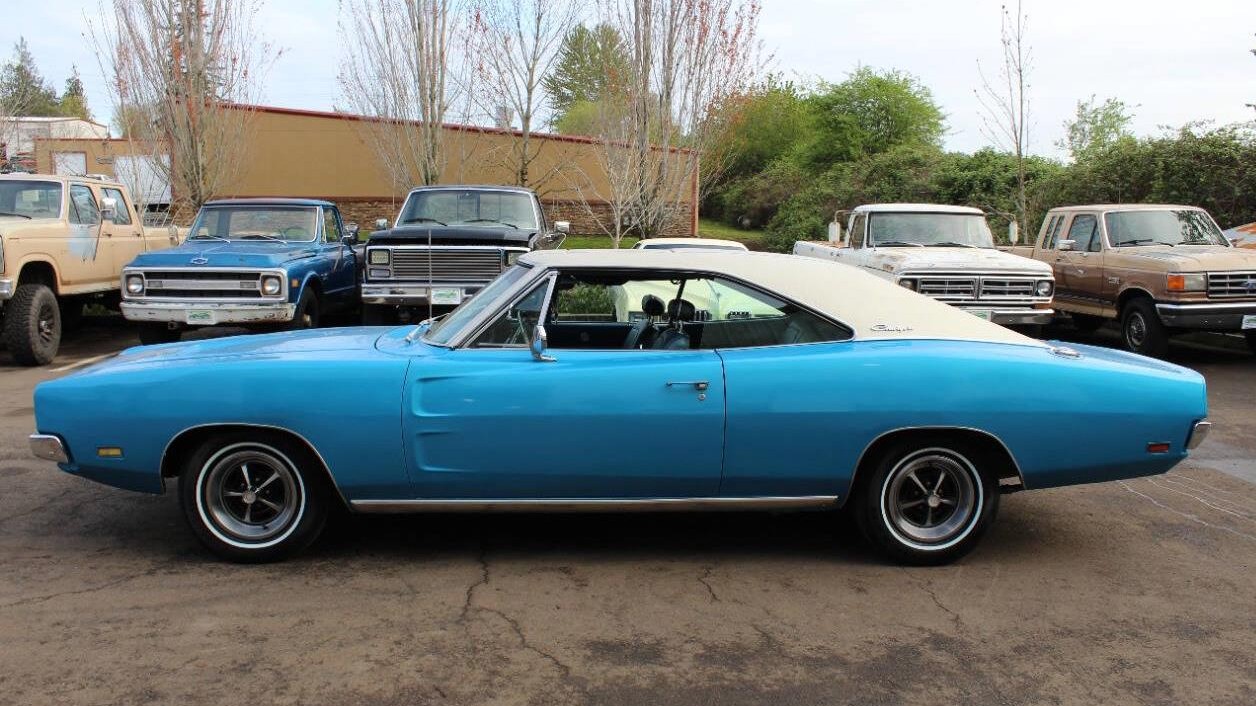
It seems that the Charger was the only model that didn’t feature a convertible, but as it was based on the same platform as the Coronet, it made no sense to offer a droptop for the hit sport coupe that experienced a rebirth after its 1968 redesign.
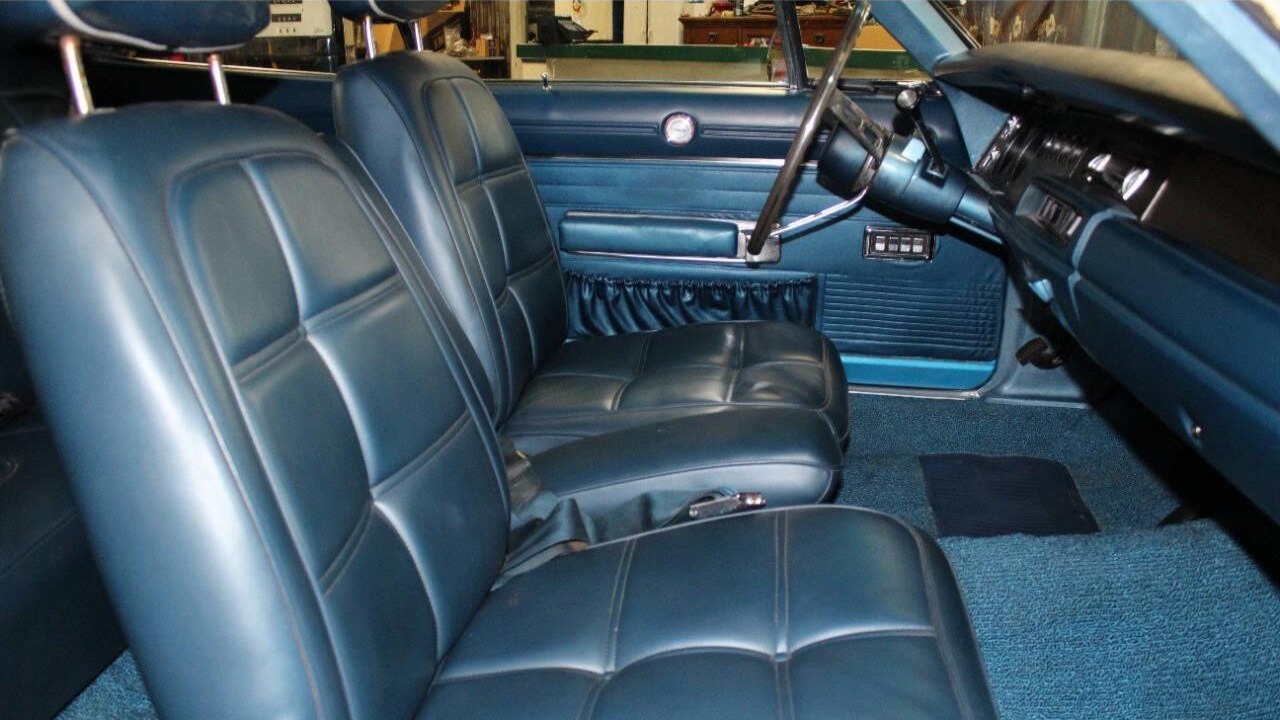
In these years, there were two Charger models: Charger and Charger R/T. The Charger was available in two configurations: Charger 6 and Charger 8, with the latter featuring a standard 230-horsepower 318; a 383 two-barrel or 383 four-barrel were optional.
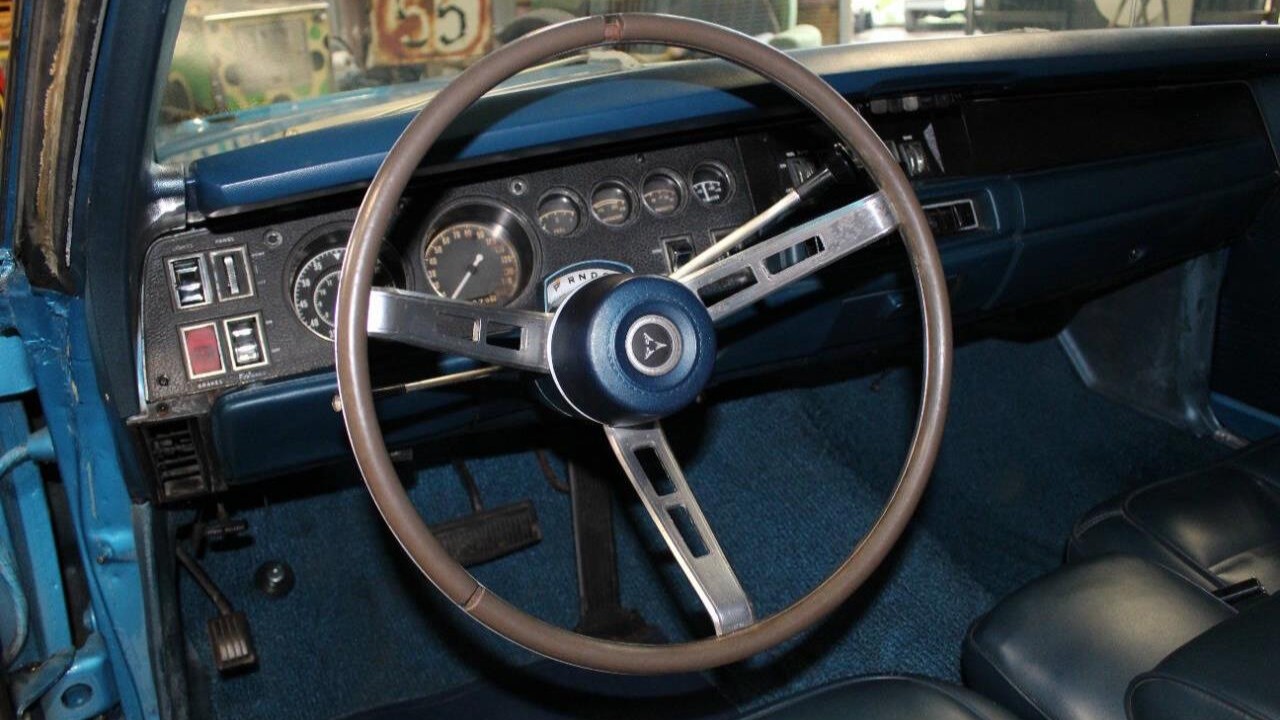
The Charger R/T also was available in several configurations, though in a different manner. The Charger 500 came with a flush nose and backlite for NASCAR homologation, while the Charger Daytona was its successor. Standard for these cars was the 375-horsepower 440 Magnum, with the optional 426 Hemi offering 50 more horses. (The 440 Six Pack wasn’t available until 1970.)
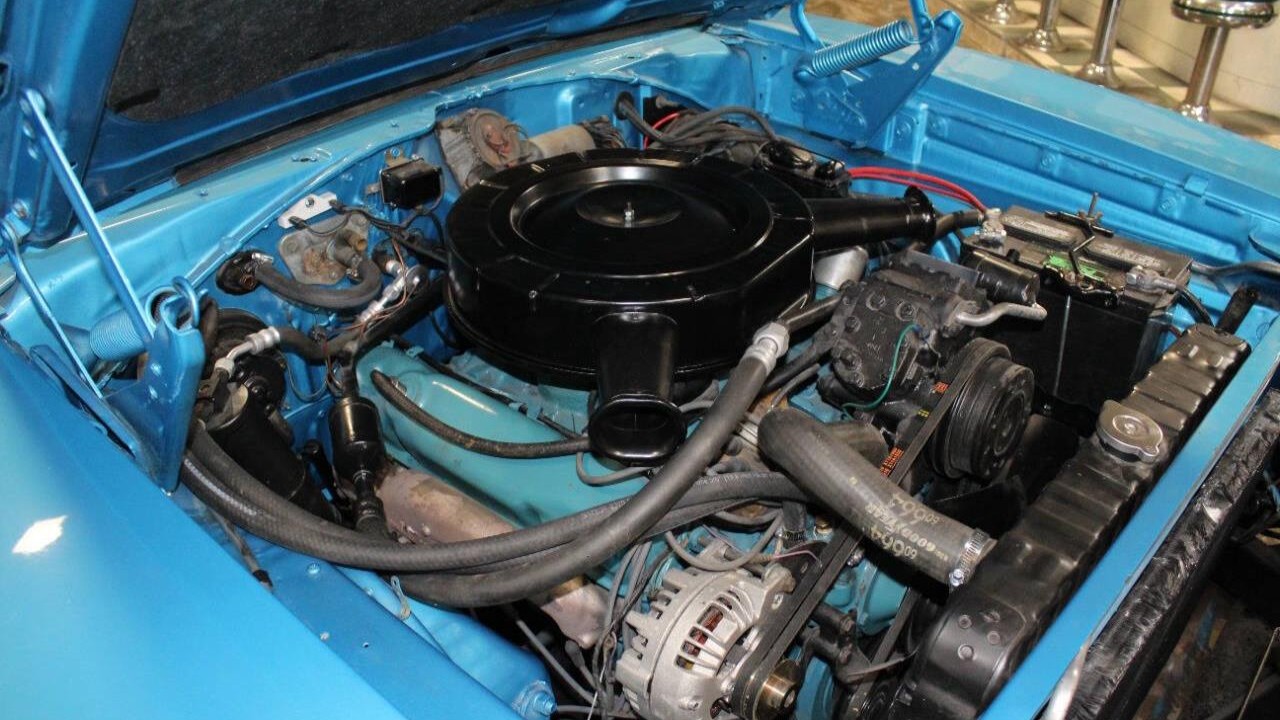
A new Special Edition (SE) package was available for both Charger models, though not available on R/Ts with the Hemi. Upgraded equipment included leather and vinyl front bucket seats, a woodgrain steering wheel, woodgrain inserts in the instrument panel, hood-mounted turn-signal indicators, pedal dress-up, deep-dish wheel covers, a light package, and Special Edition badges on the C-pillars.
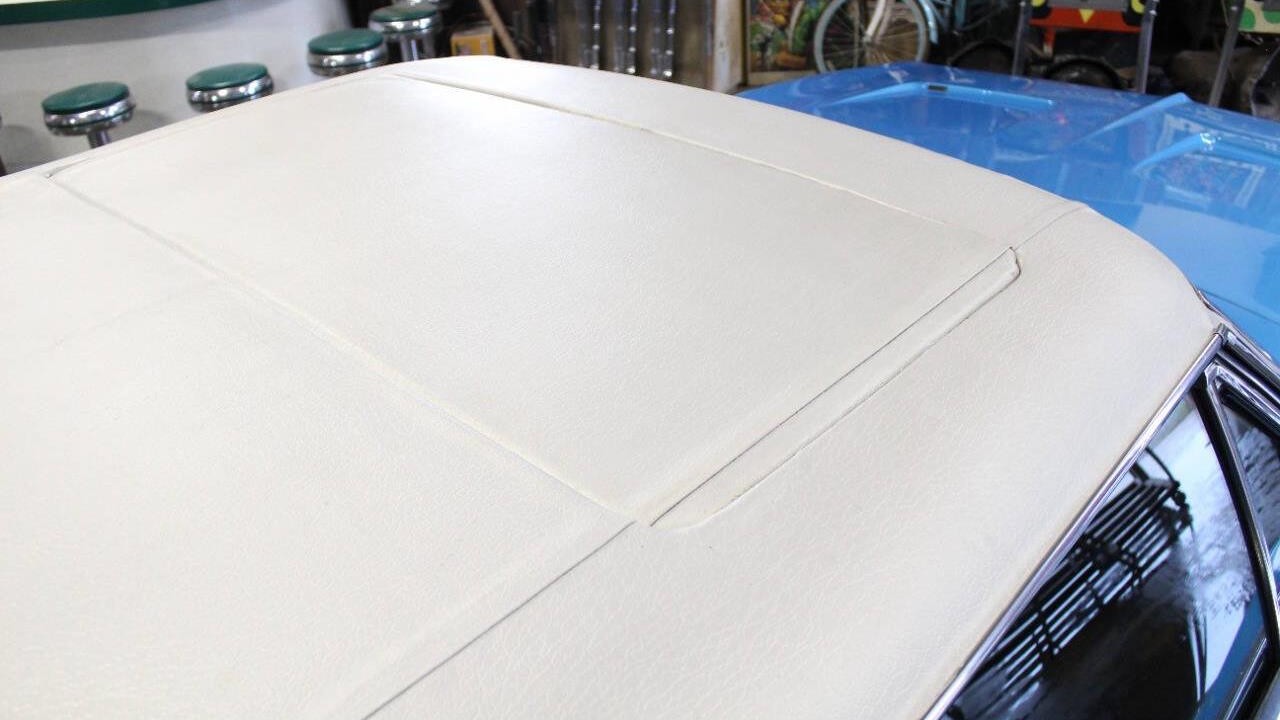
So maybe Dodge didn’t feel a Charger convertible was necessary, but it did add a special option that was starting to show its face in the industry: a sunroof. They were very expensive (over $400) and not available on many American vehicles, but starting in 1969, the Charger was one of them. Dodge announced this in a September 18, 1968, bulletin, mentioning that a vinyl top was required. When the dust settled, 260 Chargers and 131 Charger R/Ts were built for the U.S. market with this option.
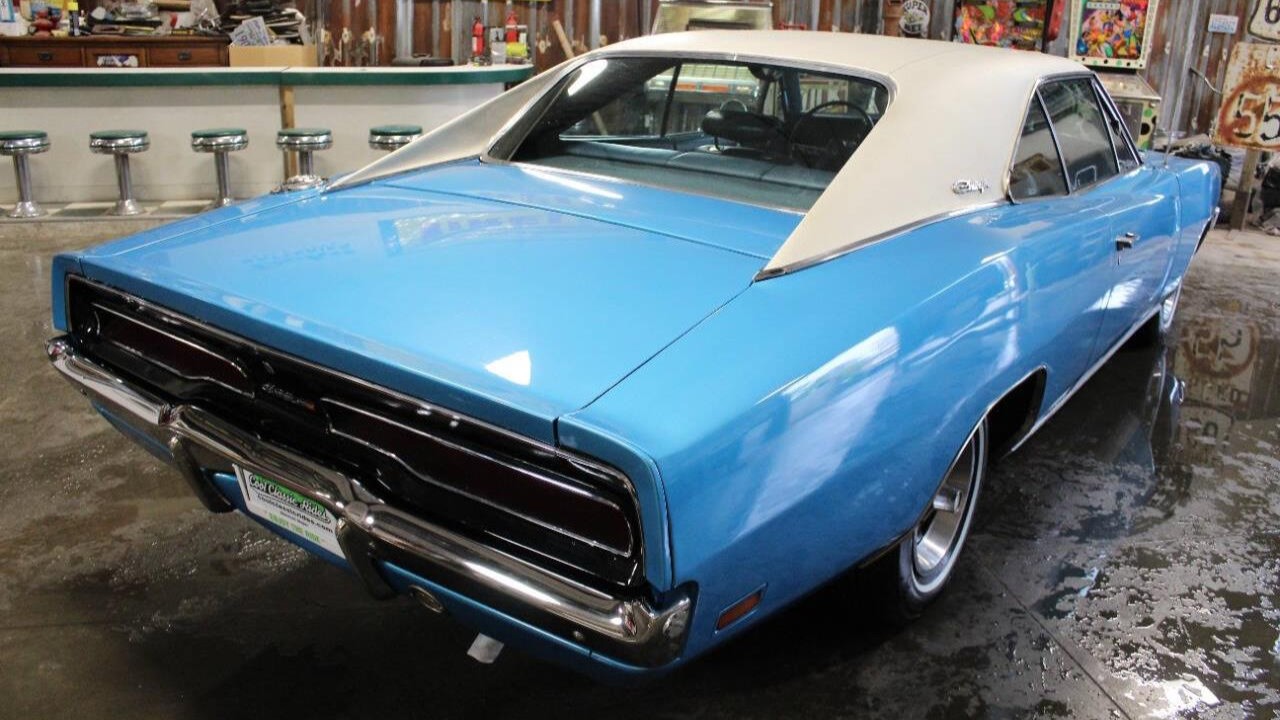
Barring the R/T, the ultimate regular Charger would be built with a 383 four-barrel and a sunroof. This Bright Blue metallic 1969 Dodge Charger fits that bill to a T. “It has a fresh coat of factory original B5 Blue paint that looks beautiful, especially with the new vinyl top,” says the seller. “The body is in amazing shape throughout.” Claimed to be a one-owner California car, this Charger is also believed to feature the original C6D blue upholstery, though the carpet and headliner are new. “The power windows have new motors and we rebuilt the sunroof motor too.” Other features include a remote driver-side mirror and Road Wheels. Both the 330-horse engine and TorqueFlite automatic have been rebuilt.
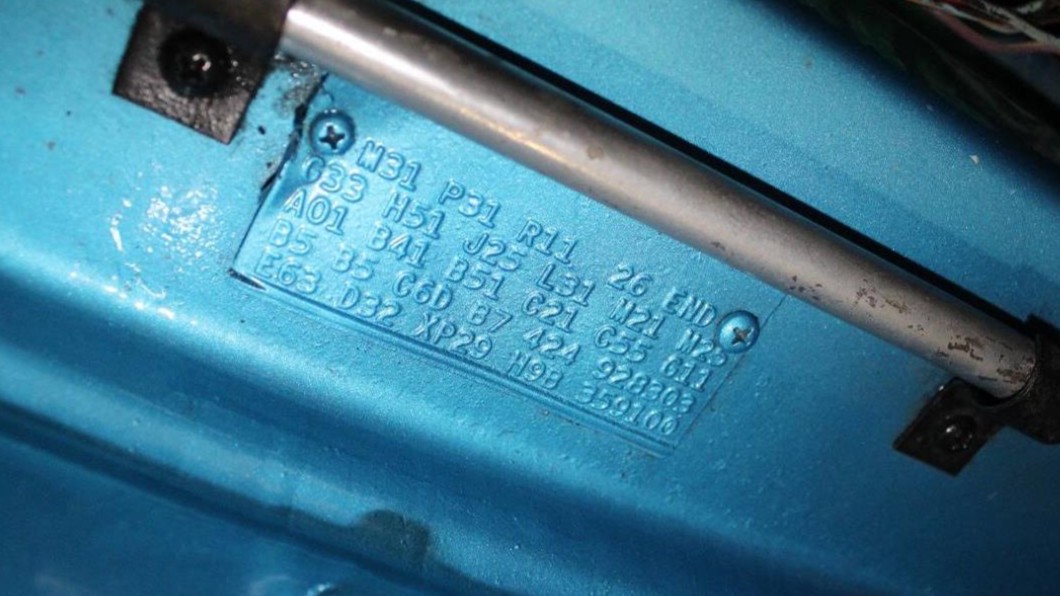
You can choose a Coronet 500 convertible and enjoy the rays or you can go with the exceptional styling of the Charger and soak up the sun thanks to a sunroof. Yes, Chargers are expensive these days, but the $69,500 being asked for this Mopar muscle car seems like a proper price point. It’s time for you to slide over and scoop it up before someone else does.
Click here to view this Pick of the Day on ClassicCars.com
According to the California Wolf Center, “In 1980, the Northern Rocky Mountain Wolf Recovery Team initiated wolf population recovery efforts in the northern Rockies of Montana, Idaho, and Wyoming. As a result of these efforts … the wolf population of Montana is now on the rise.” The wolf population within Ford is also increasing because the 2025 F-150 is the newest addition to the Lobo street truck lineup that started last year with the Maverick.
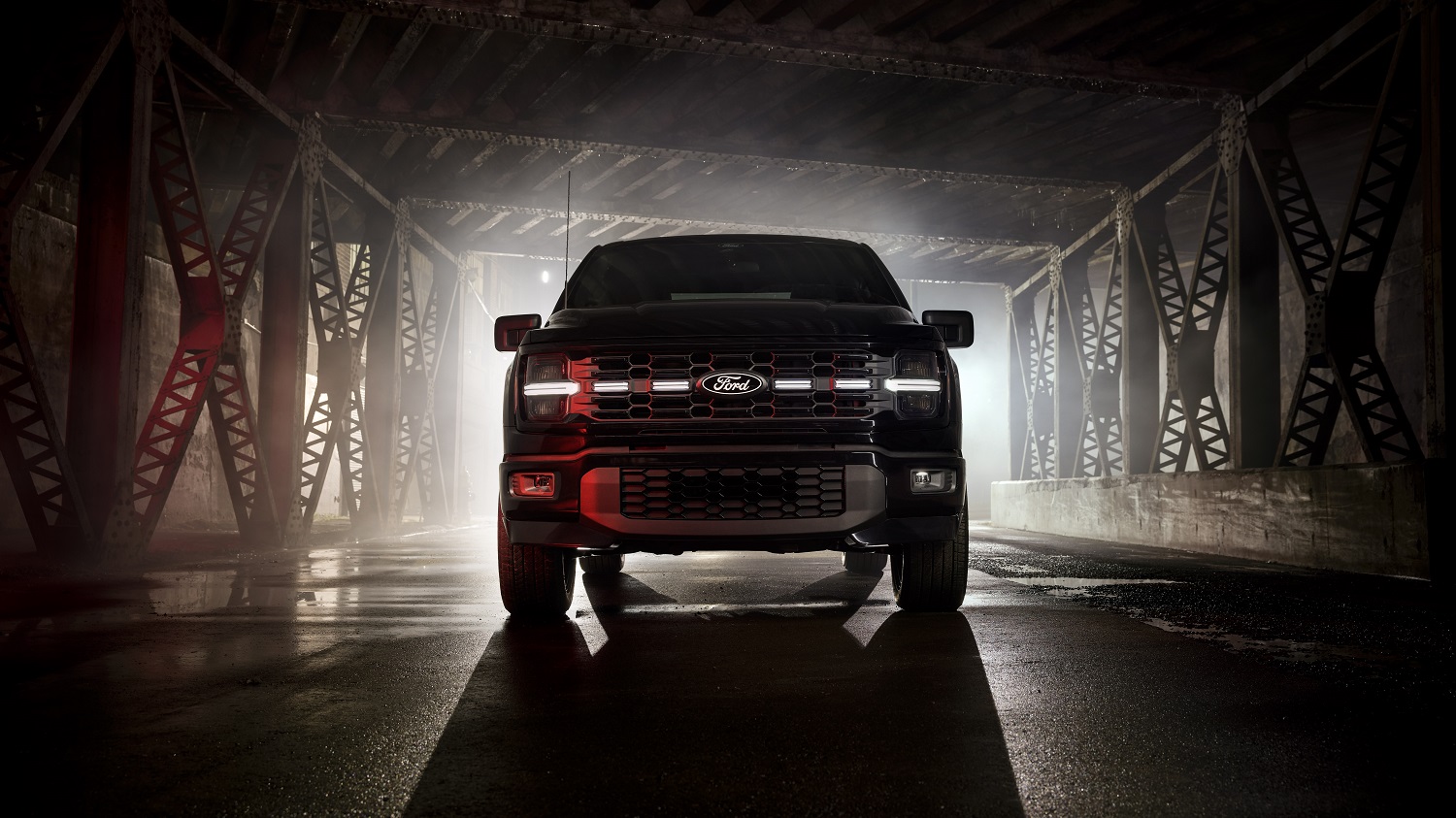
Based on the F-150 STX SuperCrew, the Lobo is available in Agate Black Metallic, Atlas Blue Metallic, Carbonized Gray, Oxford White, or Rapid Red Metallic Tinted Clearcoat. Up front, a cowl hood with black vents, special upper grille with light bar, and glossy black mesh lower grille make sure the Lobo stands out from the pack of other F-150s.
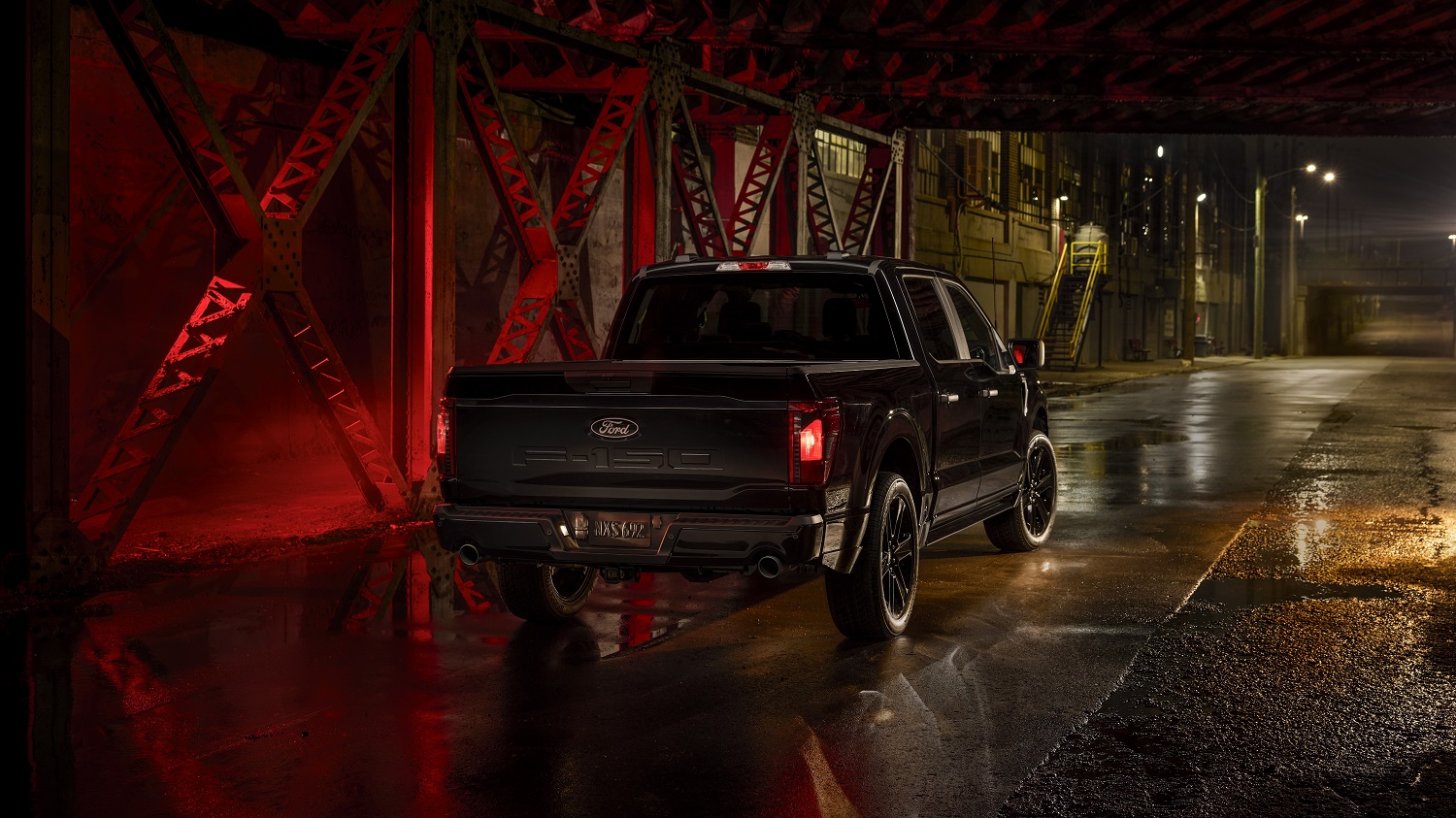
Upgraded taillights and black dual exhaust outlets do the same at the rear. A two-inch rear suspension drop and a 10-piece ground effects kit physically and visually bring the Lobo closer to its 22-inch gloss-black wheels and the ground below.
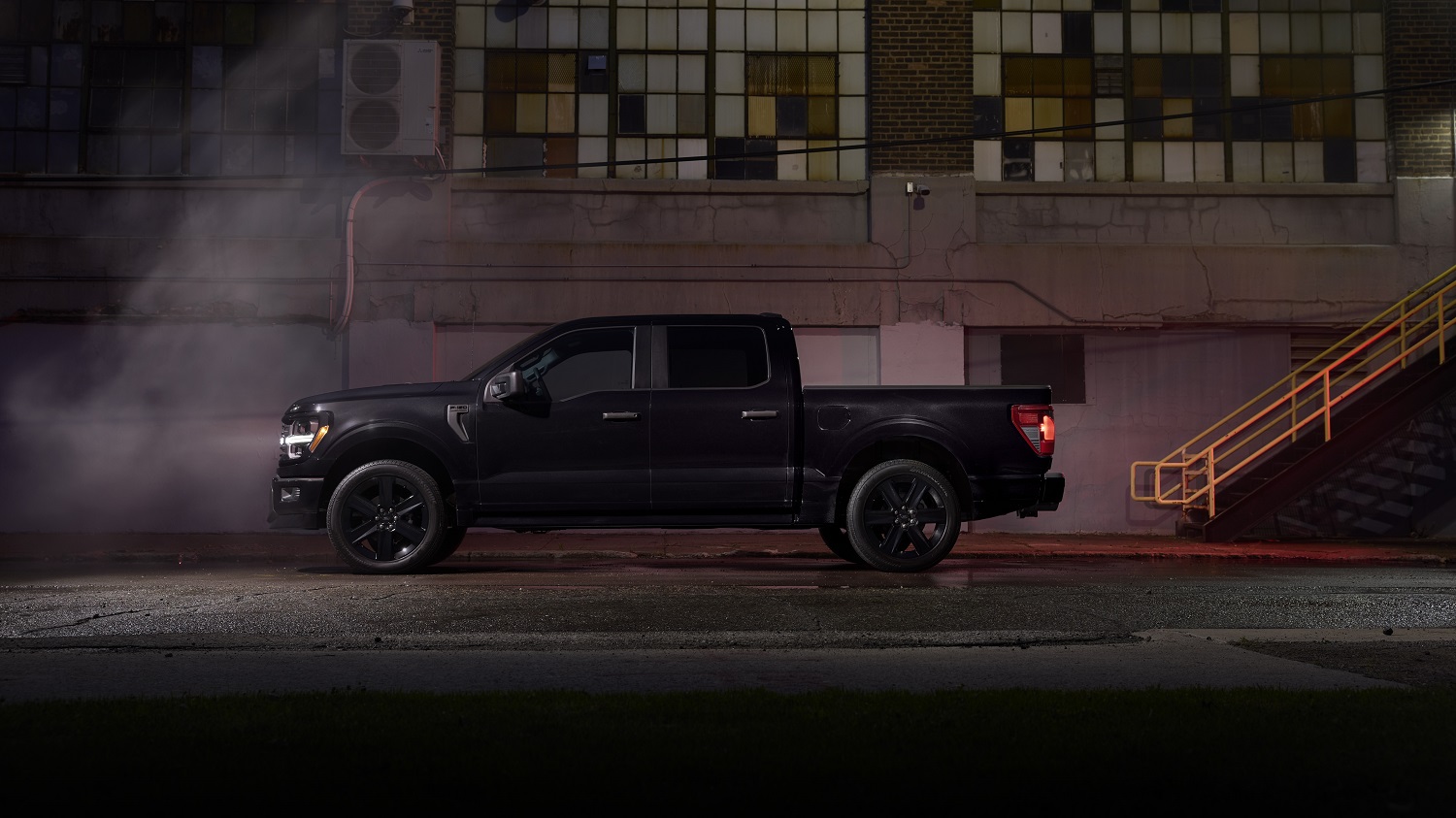
Lobo, Spanish for wolf, has been the name for the Ford F-150 in Mexico since 1997. Given the visuals such a name brings to mind, Ford needed to pair its newest street truck with the right engine, something with a growl. That explains why Ford chose the 5.0-liter V8, which has 400 horsepower and 410 lb-ft of torque. An upgraded two-speed automatic four-wheel drive system and a 3.73:1 locking rear end help the Lobo rip into the road.
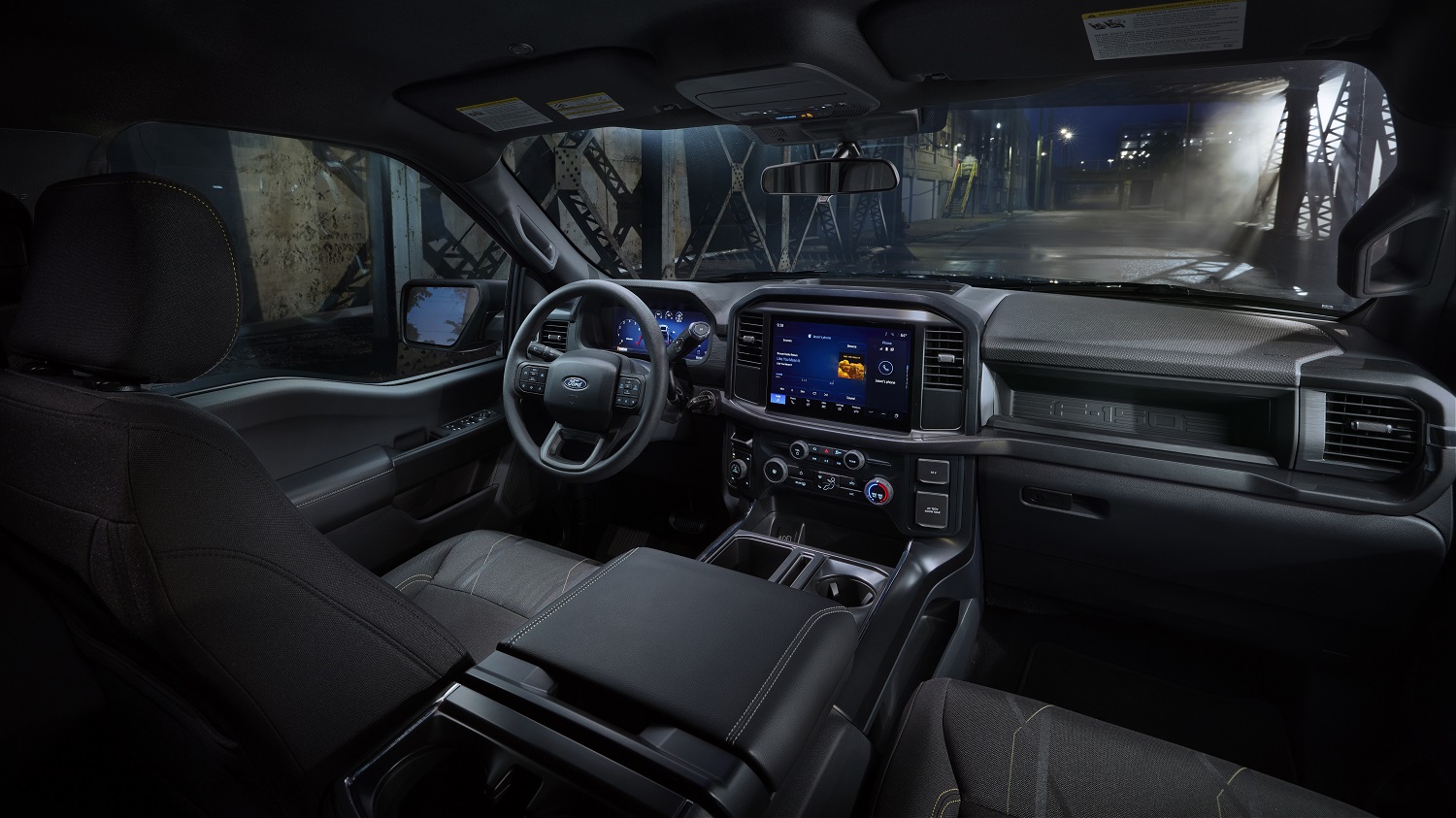
By itself, the Lobo package is $4,695. When Ford dealers get 2025 F-150 Lobos in its showrooms this fall, it will cost you at least $57,800 (plus another $2,195 for destination and delivery) to take one (a.k.a. a lone wolf) home with you.
Few engines evoke as much passion as the legendary V8. With their signature rumble and raw power, V8s have shaped the very soul of performance cars for decades.
From classic American muscle to refined European icons, these engines symbolize freedom, innovation, and unmatched excitement.
Their enduring appeal isn’t just about speed—it’s about the unique blend of history, engineering, and emotion they inspire. Even as technology evolves, the V8 remains a cherished centerpiece for car enthusiasts everywhere.
Let’s explore 15 unforgettable V8 legends that continue to captivate the automotive world.
Founded in 1899, Packard became a powerhouse in the luxury car market in the early part of the 20th century. The company sold cars in 61 countries as of about 1928. Its president and General Manager, James Macauley, was understandably proud of what the brand had become. Advertisements featured the tagline, “Ask the Man Who Owns One.”
While a sexist phrase like that would never fly in today’s automotive media, it did convey the sense of self-image and dignity that Packard salespeople were going for. And who could blame them? The cars were indeed gorgeous.
Featured on AutoHunter is this 1940 Packard Custom Super Eight 180 Sedan. The car is being sold by a dealer in Fort Smith, Arkansas, and the auction will end Thursday, June 19, 2025 at 11:30 a.m. PDT.
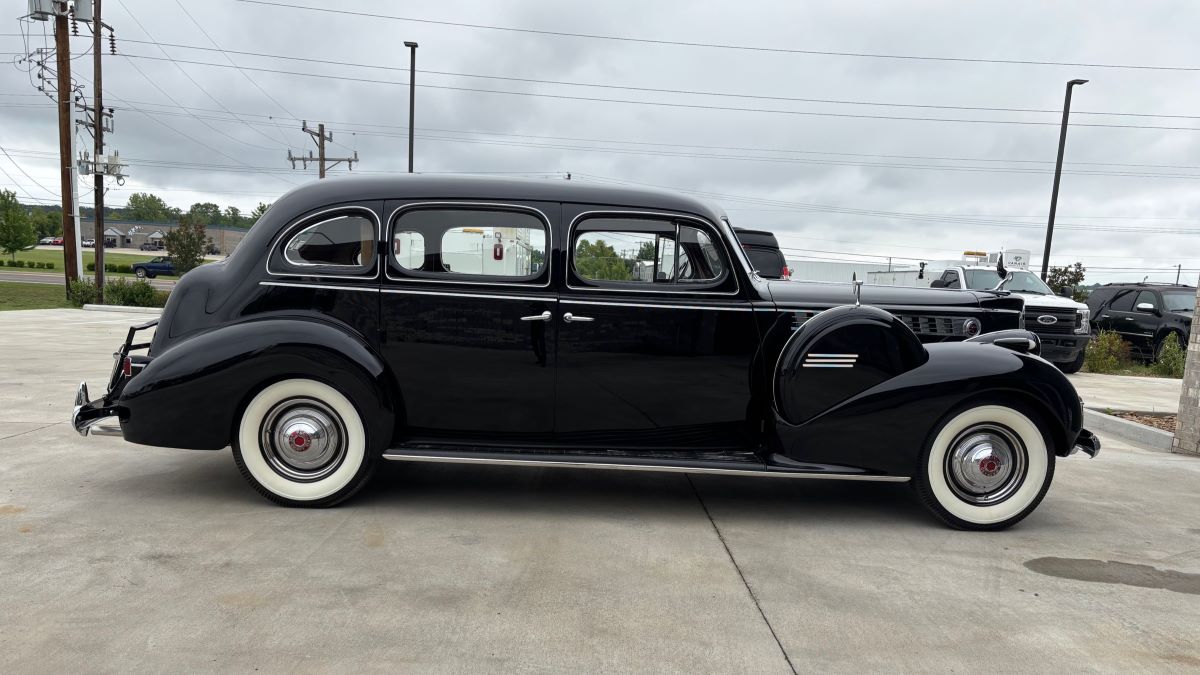
The car’s profile screams sophistication—especially in an elegant black paint job—thanks to its prominent hood ornament, sidemounts, and suicide doors. The listing says that the car was restored in 2018, at which time the chrome trim was also replated. The fold-down luggage rack at the rear is a handy feature—not that the car was lacking for space inside the cabin.
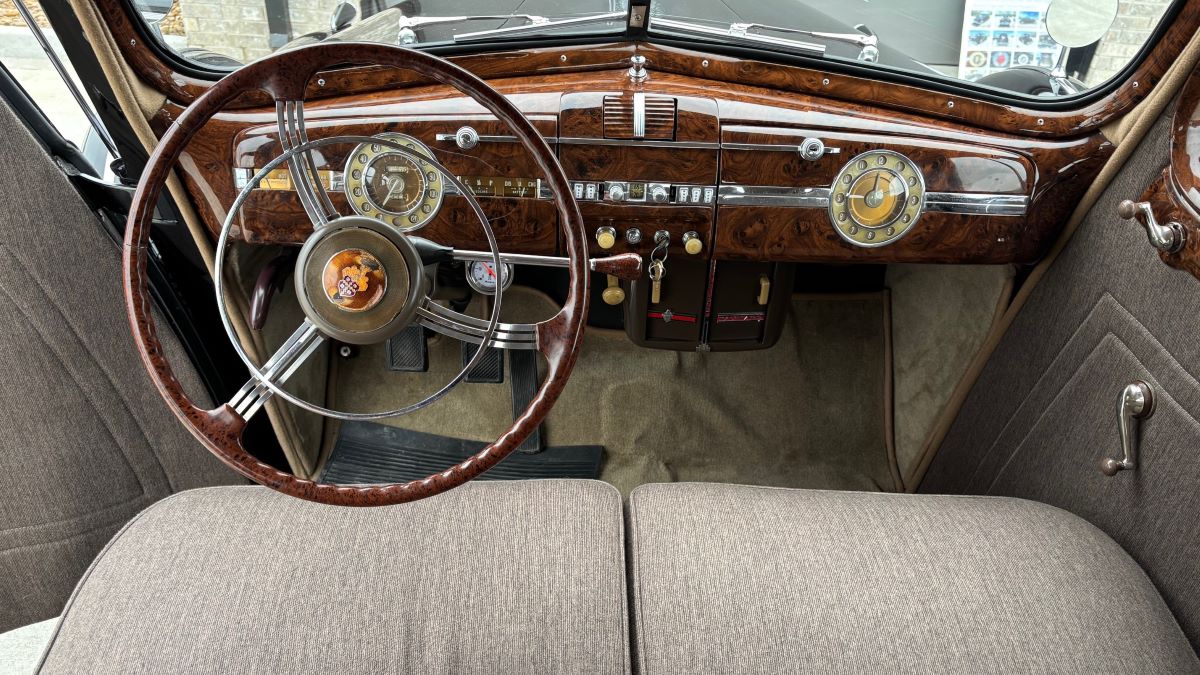
The Custom Super Eight, after all, was the large flagship of the Packard lineup, taking the place of the outgoing V12-powered Packard Twelve. Packard prided itself in luxury, offering a smooth ride even on unimproved roads. “Your ride is almost as comfortable as though you were on new concrete—for which miracle you can thank Packard’s improved Safe-T-fleX suspension, the finest yet developed and the envy of the automotive industry.”
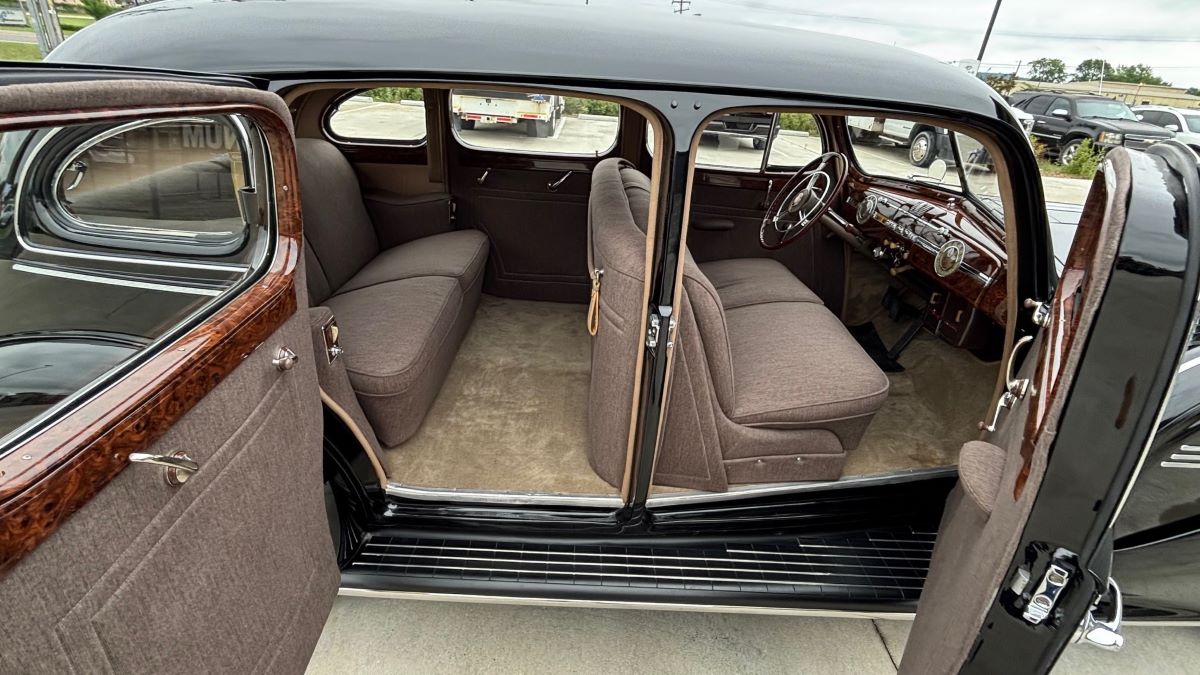
Power comes from a 356ci L-head straight-eight that was rated at 160 horsepower. The engine is fed via a single downdraft carburetor, and the listing says that the wiring was replaced during restoration. The car is parade-ready, and just in time for the upcoming Independence Day holiday.
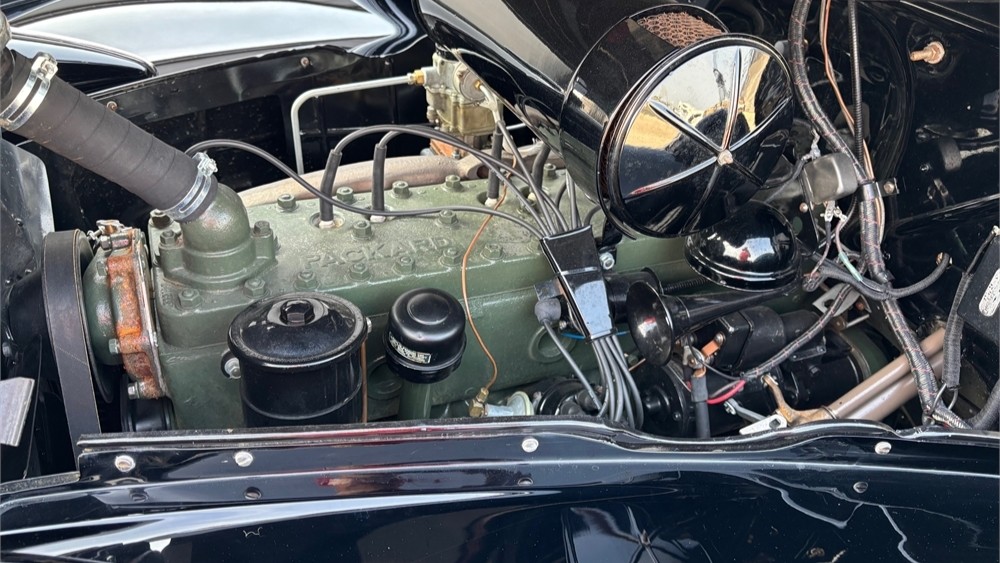
An ad for the 1940 Packards from The Saturday Evening Post said, “You’ll fall in love and never get over it.” It went on to say, “Unless there is ice in your veins, you’re going to lose your heart to the most stunning new car that ever left a designer’s board.”
Automotive enthusiasts may recall that Packard merged with Studebaker in 1953, and the nameplate was eventually phased out by the end of 1958. It was a great run while it lasted—and this car is a prime example of peak Packard engineering and design.
The auction for this 1940 Packard Custom Super Eight 180 Sedan ends Thursday, June 19, 2025 at 11:30 a.m. (PDT).
Visit the AutoHunter listing for more information and a photo gallery
